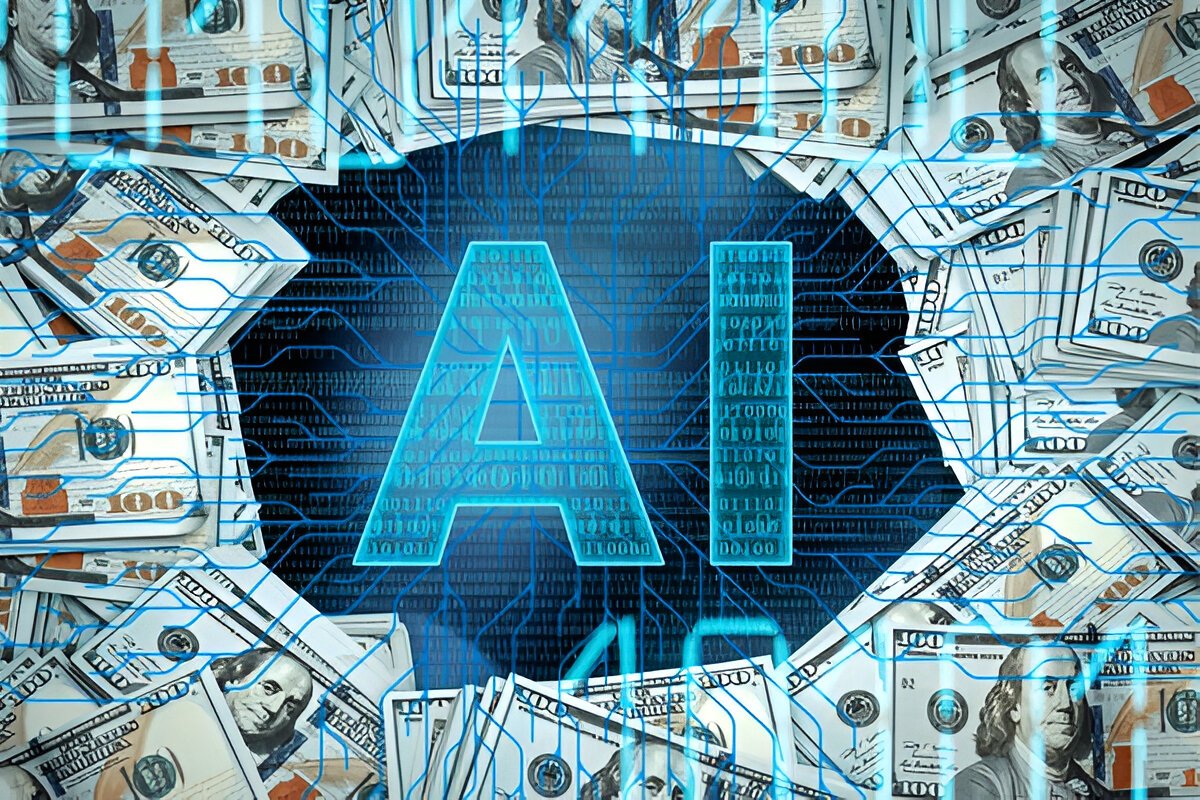China’s rise as a global economic powerhouse is nothing short of extraordinary. From a poor nation to the world’s factory, its transformation is unmatched. But how did China achieve this? Let’s explore Shenzhen, China’s Silicon Valley, and uncover the secrets behind its success.
The Rise of Shenzhen: From Fishing Village to Tech Hub
Shenzhen wasn’t always a tech giant. In 1979, it was a small fishing village with just 30,000 people. Everything changed in 1980 when China designated it as a Special Economic Zone (SEZ). This move attracted foreign investment, tax incentives, and relaxed regulations. By the 1990s, Shenzhen became a manufacturing hub. Today, it’s home to tech giants like Huawei, Tencent, and DJI. The city’s journey is a testament to China’s bold policies and focus on innovation.
What Makes Shenzhen Unique?
Shenzhen isn’t just about factories. It’s a city where technology and daily life blend seamlessly. Here’s what makes it stand out:
1. Automation Everywhere
From hotels to factories, automation is everywhere. Robots deliver food in hotels, and factories run with minimal human intervention.
2. Smart Transportation
Shenzhen’s public transport is efficient and affordable. Almost 99% of taxis are electric, thanks to government incentives.
3. Digital Integration
Apps like WeChat dominate daily life. It’s a one-stop solution for messaging, payments, and even booking cabs.
How Shenzhen Compares to the American Market
Let’s compare Shenzhen’s tech ecosystem with the American market.
Table 1: Shenzhen vs. Silicon Valley
| Aspect | Shenzhen | Silicon Valley |
|---|---|---|
| Tech Giants | Huawei, Tencent, DJI | Apple, Google, Facebook |
| Automation | High (robots in hotels, factories) | Moderate (limited to industries) |
| Public Transport | 99% electric taxis | Limited EV adoption |
| Digital Integration | WeChat (all-in-one app) | Multiple apps (Uber, PayPal, etc.) |
Government Support: The Secret Sauce
Economist Michael Pettis explains China’s edge clearly. It’s not just about cheap labor anymore. Massive government support fuels Shenzhen’s growth.
Top-notch infrastructure lures companies effortlessly. Quick permits and cheap loans sweeten the deal. Between 1985 and 2005, foreign cash hit 3% of GDP yearly. That dwarfs America’s investment inflows historically. Domestic firms get a boost too. Since 2014, China launched 2,000 tech funds. This helped surpass U.S. manufacturing in just 15-20 years. America took a century to outpace Britain similarly.
Curious, we asked locals how this happened. One vendor pointed us to Huangbei Museum. This spot traces Shenzhen’s wild journey vividly. Once a fishing village with 30,000 people, Shenzhen transformed in 1980. Leader Deng Xiaoping made it a Special Economic Zone then. Tax breaks and lax rules drew investors fast. Entrepreneurs flooded in, sparking rapid urban growth.
By the 1990s, it became a manufacturing powerhouse globally. Today, tech giants like Huawei and Tencent call it home. The museum’s LED maps and mini-robots dazzled us. Shenzhen’s story proves bold policies ignite innovation.
Beyond Manufacturing: A Tech Revolution
Shenzhen didn’t stop at factories—it pivoted to tech. Government investments in education and infrastructure paid off big. High-tech industries thrive here like nowhere else. Automation and AI integration lead the charge globally.
Unlike America, where tech focuses on software, Shenzhen blends hardware and innovation. This shift explains its nickname: China’s Silicon Valley. Yet, it’s not a copy of California’s model. Manufacturing roots give it a unique edge still.
Locals shared insights into daily life too. Cost of living varies but remains reasonable. Rent outside the city hits 3,500-5,100 yuan ($490-$714 USD). Downtown jumps to 7,100-10,100 yuan ($994-$1,414 USD). Public transport costs 200-400 yuan monthly ($28-$56 USD).
Meals out range from 500-1,000 yuan ($70-$140 USD). Compared to San Francisco, Shenzhen offers value. America’s tech hub demands higher salaries to match costs. Shenzhen’s efficiency keeps expenses lower overall.
Shenzhen’s Cost of Living: A Breakdown
Living in Shenzhen is affordable compared to global tech hubs. Here’s a quick breakdown:
Table 2: Cost of Living in Shenzhen
| Expense | Cost (USD) |
|---|---|
| Rent (1-bedroom) | 500−500−700 (outside city center) |
| Utilities | 50−50−100 per month |
| Transport | 30−30−60 (monthly pass) |
| Dining Out | 7−7−15 per meal |
| Miscellaneous | 150−150−300 (entertainment, shopping) |
Lessons from Shenzhen for the American Market
Shenzhen’s success offers valuable lessons for the American market:
1. Embrace Automation
Automation can boost efficiency in industries like manufacturing and hospitality.
2. Invest in Infrastructure
Good infrastructure is key to attracting businesses and talent.
3. Focus on Innovation
Innovation drives growth. The American market can learn from Shenzhen’s shift from manufacturing to tech.
Challenges and Risks
While Shenzhen’s growth is impressive, it faces challenges:
1. Environmental Concerns
Rapid industrialization has led to pollution and resource depletion.
2. Social Inequality
The Hukou system creates a divide between urban and rural residents.
3. Overdependence on Government Support
Heavy reliance on government policies can be risky in the long term.
Conclusion
Shenzhen redefines what Silicon Valley can mean globally. It’s not just software—it’s hardware and policy combined. Tech integration transforms lives and industries daily. America’s market could learn from this approach easily. Investing in infrastructure and skills pays off big. Shenzhen’s rise from a village stuns us still. Bold moves in 1980 reshaped it forever. Today, it challenges global tech hubs head-on.
This trip left us with more than facts—it inspired action. Shenzhen’s success isn’t luck; it’s strategy executed well. America has the talent to rival this growth. Creating opportunities at home could spark similar magic. Technology’s pace won’t slow down anytime soon. Shenzhen’s Silicon Valley thrives by embracing it fully. Will America step up to match this pace?



